LGBTQ+ people on the literature that changed their lives: ‘It was healing for my younger self’
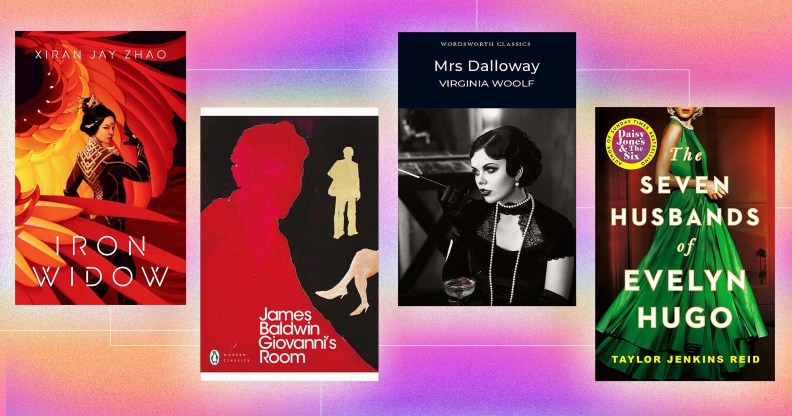
Five LGBTQ+ people spoke with PinkNews about the powerful literature that has stayed with them long after they turned the final page. (PinkNews)
Whether you’re experiencing the highs of falling in love or the pain of heartbreak, there are always powerful, authentic and heartwarming stories to be found in the pages of LGBTQ+ literature.
From the 4000-year-old Mesopotamian poem The Epic of Gilgamesh to modern day BookTok sensations, there has been LGBTQ+ representation in stories for as long as humans have told them.
As the fight for nuanced and meaningful LGBTQ+ representation within the publishing world continues, Pride Month is a time to reflect on how far we have come. Whether you’re looking for up and coming sapphic fiction, Black LGBTQ+ authors blazing a trail in the literary world or the burgeoning genre of aromantic-centred novels, there’s truly something for everyone.
PinkNews spoke with five LGBTQ+ people about the powerful literature that has stayed with them long after they turned the final page.
Giovanni’s Room by James Baldwin
Barbaros Altug, 52, explains how Giovanni’s Room by James Baldwin helped him discover his own identity as a gay man from Istanbul in his late teens and early 20s. The novel follows David, an American man living in Paris who has an affair with Italian bartender Giovanni. Published in 1956, Baldwin remains a pioneering voice in LGBTQ+ fiction.
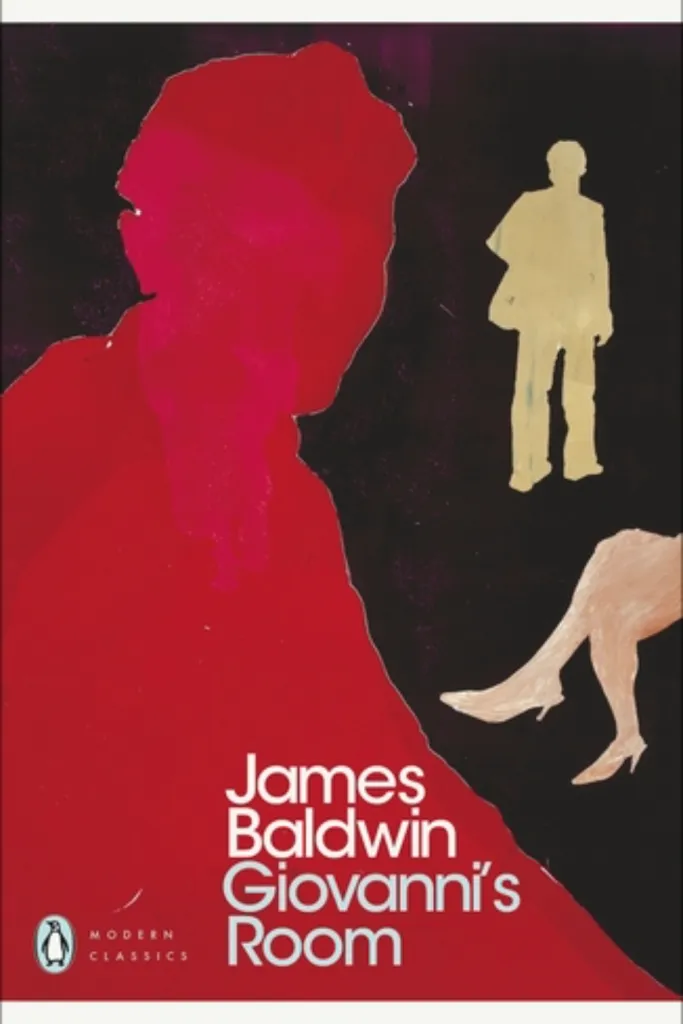
After breaking up with my first girlfriend as a teenager, I returned to the [world of] books. My mother took me to a library so big it enchanted me. I was lost in this sea of never ending opportunities, worlds I could never know existed without reading. It was here I read the book that changed my life – Giovanni’s Room.
“He has been raised to believe that men should be with women and that anything else is unnatural and disgusting. From that moment on, David denies who he is and what he wants so that he can be the person the world – and his father – thinks he should be,” Baldwin wrote.
This was the first time I found something I could relate to. It was so soothing for that teenage boy who had felt all alone in his life and learn about the pains other children never suffered. I started dreaming of living in Paris – maybe I could meet an Italian bartender.
In my second year of the college, I went to London alone for the first time during the summer holidays. I was imitating latently what James Baldwin did in his book Giovanni’s Room, going to gay bars for the first time in my life. But I was a young boy from Istanbul still struggling with his own identity and the only charming part for most gay men London was being a young, exotic object interesting for a night or two.
The impact of the book never changed though. I found my place first through reading LGBTQ+ authors, and then later expressing myself through my own writing.
Mrs Dalloway by Virgina Woolf
Mel Reeve, 29, reflects on how landmark 20th century queer author Virginia Woolf’s novel Mrs Dalloway deeply impacted her journey as a bisexual woman navigating the literary world. The novel follows Clarissa Dalloway, an upper class woman living in post-First World War England who reunites with a dear friend from her youth Sally Seton, whom she once loved dearly.
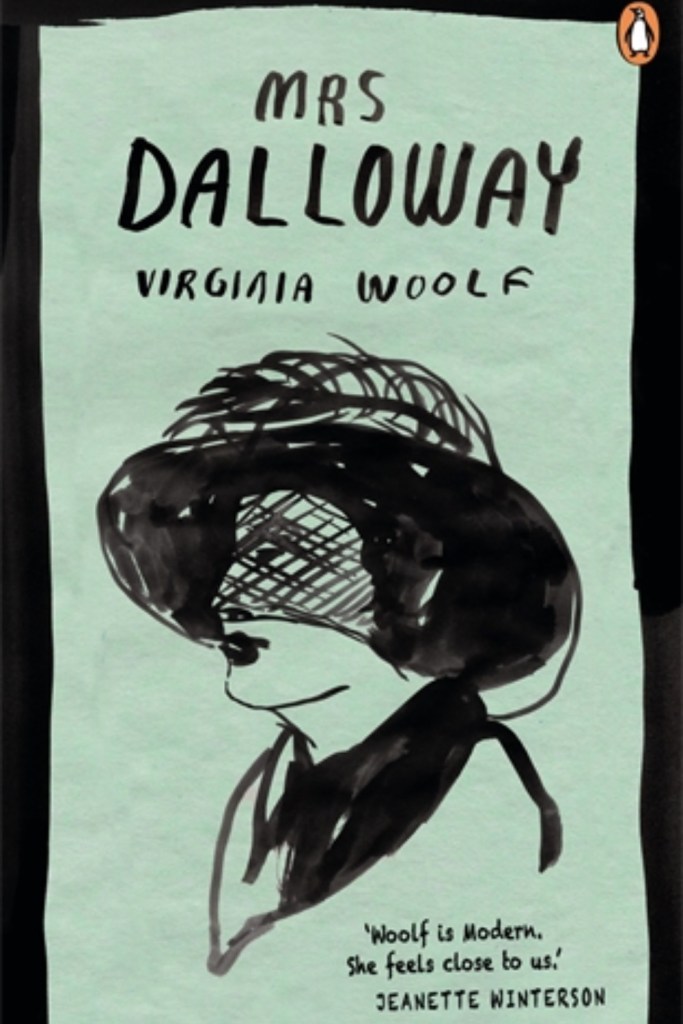
[I first read Mrs Dalloway] as a young teenager. Clarissa Dalloway is married, but recalls a woman she had a close relationship with, Sally Seton. Woolf wrote: “But this question of love (she thought putting her coat away), this falling in love with women. Take Sally Seton; her relation in the old days with Sally Seton. Had not that, after all, been love?”
Clarissa then describes a kiss she remembers with Sally as the “most exquisite moment of her whole life”.
As a young bisexual person, I felt a deep connection to his novel. I was moved to see this experience represented that I could relate to, and the longing and regret that Clarissa Dalloway experiences, seemed like a timely warning about how it would feel if I did not come to accept my own identity as a bisexual person.
Just the fact that this novel portrays a character who is experiencing multi-gender attraction (much like Virgina Woolf herself) was very powerful for me, and even though this moment in the text is a brief one, it still had a profound impact on me.
I went on to study English at university, and often faced a discouraging attitude when it came to exploring queerness in the works I read (including Shakespeare!) but that moment of powerful queer longing within Mrs Dalloway stuck with me.
I knew that if I could recognise that experience of Clarissa Dalloway’s as queer, and see my own identity reflected there, that I was right to see LGBTQ+ identity in other works.
Iron Widow by Xiran Jay Zhao
Morgane, 34, explains how Xiran Jay Zhao’s viral sci-fi fantasy sensation Iron Widow offered a groundbreaking portrayal of pansexuality within a polyamorous relationship. The novel follows concubine-pilot Zetian who chooses to become a concubine-pilot in order to avenge her sister’s death.
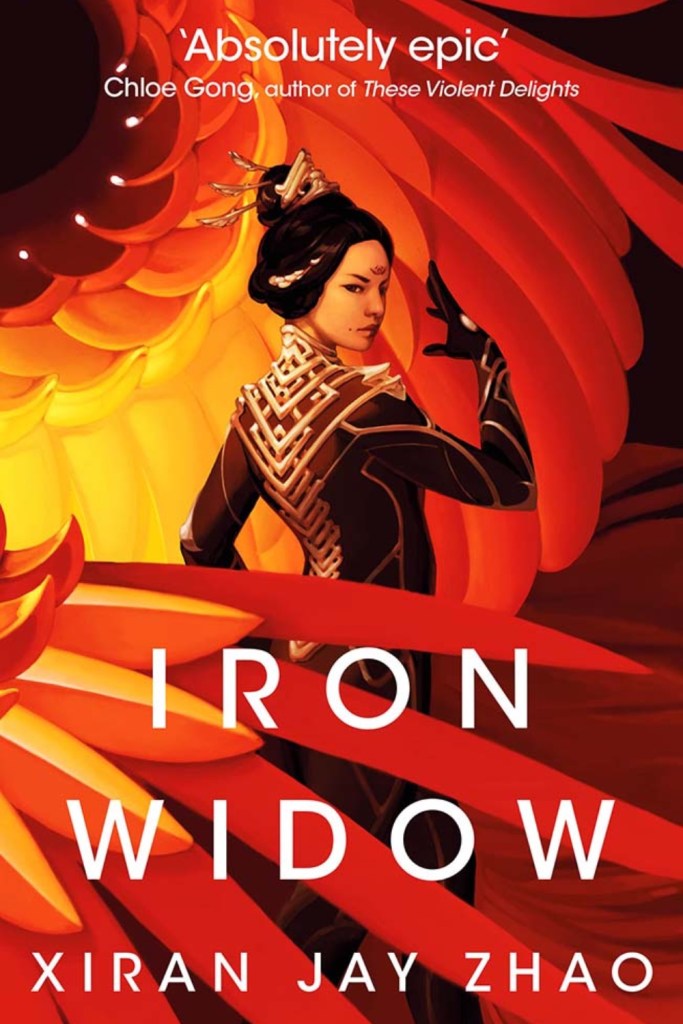
My first impression was ‘fun unhinged feminist burning the patriarchy to the ground with mechas’ [robots controlled by humans]. But the storyline that impacted me was the polyamorous bisexual triangle.
The main protagonist Wu Zetian who has long been in love with her childhood sweetheart Gao Yizhi also falls for the man she is meant to despise the most for killing her sister [fellow pilot] Li Shimin.
Soon she realises she can love several people at once – [and while] it’s not the same kind of love, it is still romantic. Meanwhile, the men realise they are in love in each other, while still loving Zetian. It was my introduction to polyamory. The way attraction and love was written in the book helped me reach the conclusion that I could also be polyamorous. It’s just who I am and how I display my love for the people around me.
The Poetry of Shah Hussain
AA talks about discovering the poetry of Sufi Saint Shah Hussain, who wrote in loving devotion to his disciple Madhu Laal – and how that changed his perception of love as a queer Pakistani. Shah Hussain lived during the 16th century and is a revered figure in the Sufi community today.
The story that impacted my identity was the story of Shah Hussain and Madhu Lal who in folklore are said to be lovers, and the way their love is presented is said to be channelled through their love for God. What impacted me the most was that Madho Lal was buried alongside Shah Hussain, so eternally, they are bound together.
I read the story when I was 10 from a book on Sufi saints in my house. Wikipedia was the hottest thing back then so I did my ‘research’ and tried to read up as much about their story as possible, finding Shah Hussain’s couplets where he talks about love, and specifically where he mentions Madhu.
O mother O mother, who do I tell / this pain of separation
My Master’s fire smoulders / If I poke, its red hot
Driven mad with spikes / Pain of separation fills my thoughts
Bread of sadness, sauce of spikes / Make a fire of laments
Wandered jungles and deserts / But not found the ruby
Wander looking for Ranjhan Ranjhan / But Ranjhan is with me
Says Hussain the poor faqeer / Meeting God would be ecstasy
Like every queer person, I knew very young that I was different. The story of Madhu Lal and Shah Hussain grabbed my attention because they were from my part of the world. The more I learned the more I saw how much they loved each other.
Madhu Lal and Shah Hussain weren’t figures of disgust or figures that were shunned – they were and are integral parts of Sufi culture in Pakistan.
The Seven Husbands of Evelyn Hugo by Taylor Jenkins Reid
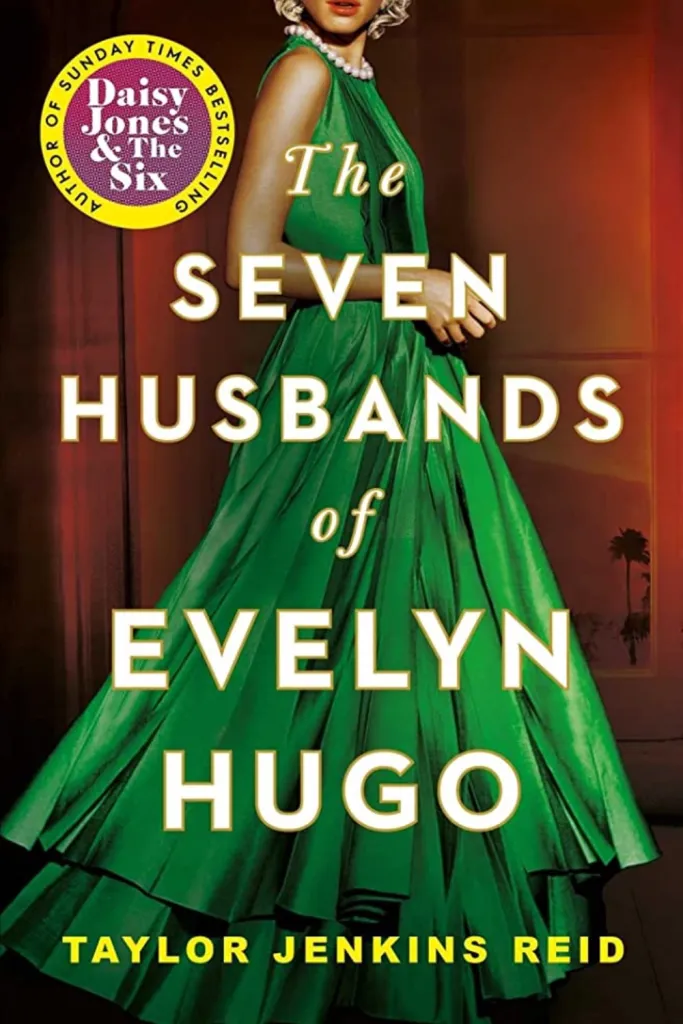
Georgia Cornish, 22, talks about how The Seven Husbands of Evelyn Hugo helped her feel seen as a bisexual person navigating the modern publishing landscape. The novel follows the complicated love life of bisexual Hollywood starlet Evelyn Hugo and the secret love of her life, Celia St James.
They Both Die at the End by Adam Silvera was the first book I read that featured a queer relationship, without making an excessive deal of it being about a queer relationship. The Seven Husbands of Evelyn Hugo by Taylor Jenkins Reid had a line that really resonated with me as a bisexual woman, “I’m bisexual. Don’t ignore half of me so you can fit me into a box,” Jenkins Reid wrote.
Understanding that both sides of my identity was something that I struggled with the most as I grew up. Lots of people didn’t understand that I could be attracted to more than one gender, which made understanding myself so much harder, so to see a powerful woman identify the same way I did, even after I had come out – it was really healing for my younger self.
How did this story make you feel?

